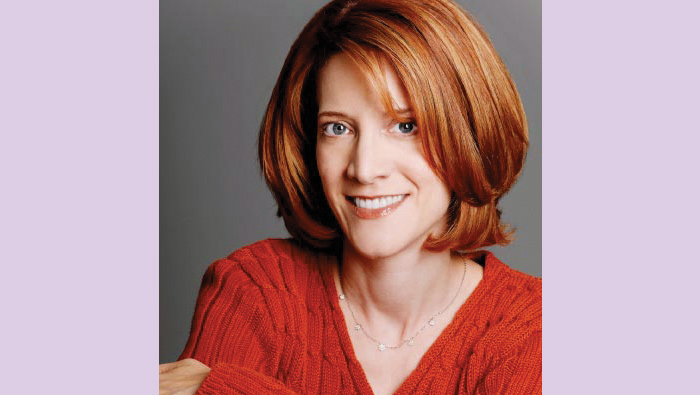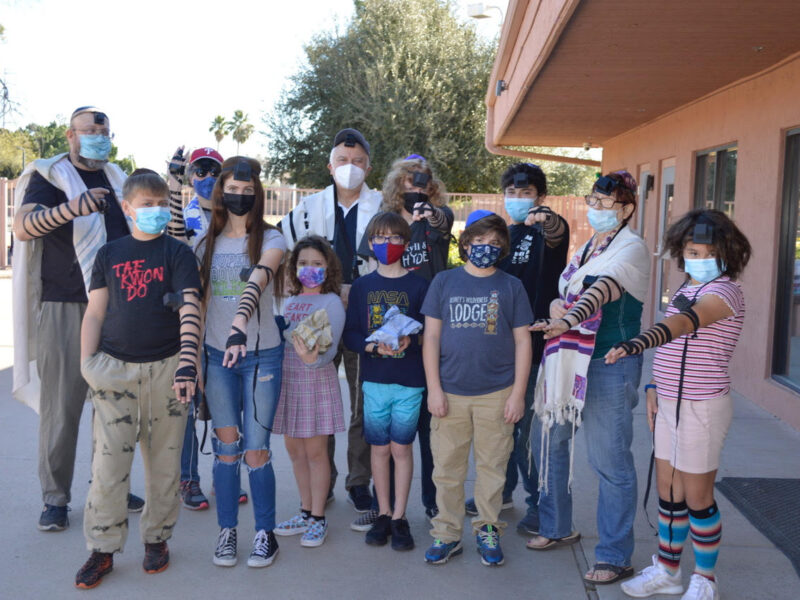As a parent who has had both of her children labeled “autistic” at very young ages by either a teacher, aide or some other academic “expert,” I don’t take the diagnosis of autism lightly. However, neither of my children suffer from the disorder, for which I am grateful. They are both excelling in school, making friends and generally succeeding in various extracurricular activities and community projects. Sure, they have some “issues.” They can be moody, temperamental, irrational, even down right rude and incommunicative at times. But by true medical standards, they are not autistic, at least not according to my husband, the pediatrician, whom I happen to love, believe in and trust implicitly.
It was terrifying to be told by teachers and school experts that something as serious as autism was plaguing my offspring. I launched into therapies galore, tested every sensory organ and spent thousands of dollars on neuropsychiatric evaluations. I understand being freaked out by a diagnosis of autism.
What’s really going on?
But don’t shoot me. Truly, I am only the messenger here. While the statistics on autism are staggering, I contend something else is going on here that parents need to recognize. Reports and data from our own Center for Disease Control suggest that autism is increasing exponentially. In 1975 the CDC reported that 1 in 5,000 children suffered from autism. That increased to 1 in 150 by 2002 and in the latest findings 1 in 68.
What are we doing wrong?
Some celebrities tell us it’s about diet. Various senators and presidential hopefuls insist it’s because of vaccines (a theory soundly debunked by scientific evidence). Lobbying groups say it’s due to a variety of environmental factors. The only thing we can agree on is that the numbers keep going up – and it’s tragic.
But what if I told you that research is now showing direct evidence that much of the increase in autism in this country is due to a reclassification of individuals with related neurological disorders rather than an increase in the actual rate of new cases of autism? Huh? Well, in a study published in the July 22 American Journal of Medical Genetics researchers analyzed 11 years of data covering more than 6 million children per year. What they found is fascinating. The researchers found no overall increase in the number of students enrolled in special education classes. They also found that the increase in students diagnosed with autism was offset by a nearly equal decrease in students diagnosed with other intellectual disabilities. Their conclusion was that large increases in the number of autism cases in this country are likely the result of shifting patterns of diagnosis.
They aren’t the only ones to suggest that reclassification is the reason we’re seeing the autism numbers soar. A recent Dutch study published in the Journal of the American Medical Association concurs that the rise in autism in Denmark is due to changes in reporting practices rather than increases in the disorder.
Diagnosing the diagnosis
The practice of moving people from one diagnostic category to another is known as “diagnostic substitution.” In the case of autism, it appears that more children are being classified as autistic today than are being branded with labels such as “mental retardation” or mere “language impairment.” A UCLA study of 489 children who had been living in Utah during the 1980s identified 108 children as “challenged” or “intellectually disabled.” These children were not considered autistic. When the investigators went back to their records using today’s autism criteria, they determined that more than half of those children would have received an autism diagnosis.
The other reality is that early intervention can be costly, and in order to get services for our children, we need to have a legitimate diagnosis so that the insurance companies will fork over the cash. We all want to do what’s best for our kids, and we live in a time when doing nothing feels like colossal neglect. So we put our kids through speech therapy and occupational therapy, physical therapy, eating therapy. My oldest son, Levi, and I giggle sometimes about all of the therapies I put him through as a toddler. I was so worried about doing nothing that I engaged in what now appears to be a ridiculous number of unwarranted therapies out of fear, pressure and maternal guilt.
Defining “normal”
But what if we’re just defining “normal” differently these days? What if the things our parents and grandparents thought of as quirks and character foibles were merely that and that our insistence to label and leap into early intervention is unnecessary at best and at worst sending our children the inalterable message that something is very wrong with them? That’s a scary thought to entertain.
Please understand that I do not discount the very real struggles of children with autism or other intellectual and neurological challenges. These are real disorders that parents need to be aware of and treat to the best of our medical capabilities. I just raise the question that perhaps we all need to take a step back, breathe and accept the less than perfect parts of our children without the compulsion to label them with a legitimate DSM-5 title and enroll them in years of therapy that may or may not be useful, essential or even appropriate.






